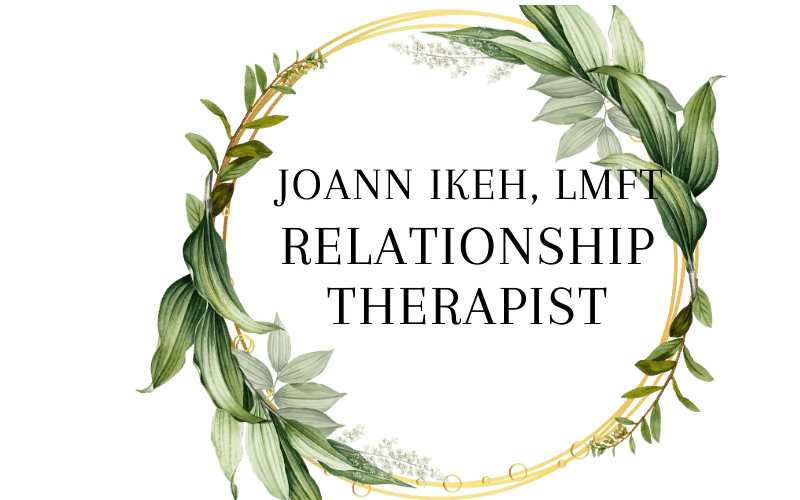Silent Treatment vs. Taking Space: Know the Difference
When emotions run high in a relationship, sometimes we need a break to collect our thoughts. But not all time apart is created equal. If you’ve ever wondered whether you—or your partner—are “taking space” or giving each other the silent treatment, it’s crucial to understand the difference.
These two behaviors might look similar from the outside, but they come from very different intentions—and have very different impacts.
What Is the Silent Treatment?
The silent treatment is a form of emotional withdrawal often used as a way to punish, control, or avoid a partner. It involves deliberately ignoring the other person without clearly stating why, leaving them confused, anxious, or desperate for connection.
Signs of the silent treatment:
Ignoring calls, texts, or in-person communication with no explanation
Refusing to acknowledge or respond during conflict
Using silence as a weapon to make the other person feel guilty or rejected
Silent treatment is considered a passive-aggressive behavior and can be emotionally harmful. Over time, it erodes trust, safety, and communication in the relationship.
It’s not about needing a break. It’s about maintaining control through silence.
What Does Taking Space Look Like?
Taking space, on the other hand, is a healthy coping tool used to regulate emotions, gather thoughts, and prevent further escalation during conflict.
Signs of taking space:
Clearly communicating the need for a break (e.g., “I need 20 minutes to cool down before we talk.”)
Setting a time to return to the conversation
Using the break to reflect—not ruminate or punish
Returning with a willingness to resolve the issue
Taking space is a form of self-regulation and boundary-setting, not punishment. It helps both partners reconnect with more clarity and emotional safety.
Key Differences at a Glance
Silent Treatment
Avoids communication without explanation
Used to punish or manipulate
Indefinite or vague time frame
Increases confusion and anxiety
Taking Space
Communicates clearly about the break
Used to self-regulate and calm down
Agreed-upon time or check-in
Builds trust and emotional safety
Why It Matters
Understanding the difference between these behaviors can transform the way you communicate and handle conflict in your relationship.
If you’re receiving the silent treatment, it can feel like emotional abandonment. If you’re the one giving it, you may not realize the damage it causes. Likewise, if your partner needs space, knowing that it’s not personal can help you feel more secure.
Healthy relationships thrive on clarity, not confusion.
What to Do If This Is a Pattern
If you or your partner often resort to silence or emotional shutdown, it may be time to explore why.
Are you afraid of confrontation?
Do you struggle with emotional regulation?
Have you experienced abandonment or communication trauma in the past?
Couples therapy or individual relationship counseling can help identify communication patterns, explore emotional triggers, and build skills for healthy conflict resolution.
Ready to Break the Pattern?
If you’re tired of the confusion, anxiety, and disconnect that comes from unclear communication, support is available.
💬 Let’s work together to help you and your partner communicate more clearly and feel more emotionally connected.
📞 Schedule a free 15-minute consultation today to see if relationship therapy is right for you.
👉 Book Now
📍Serving Florida, Virginia, and California
🧠 LGBTQ+ affirming | Premarital | Interracial Couples | Communication Issues



